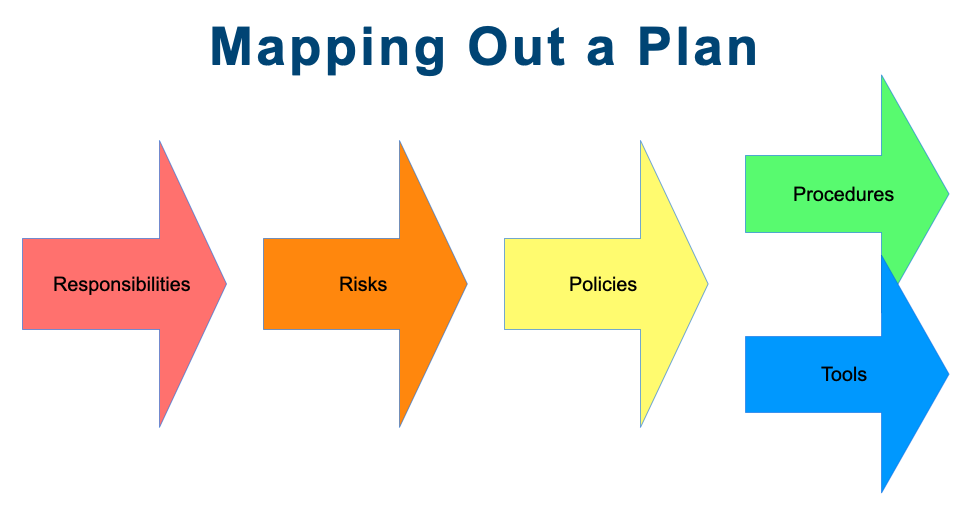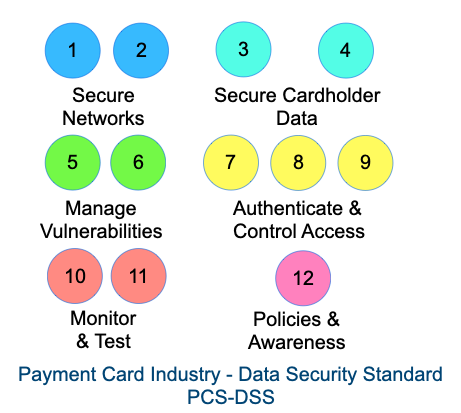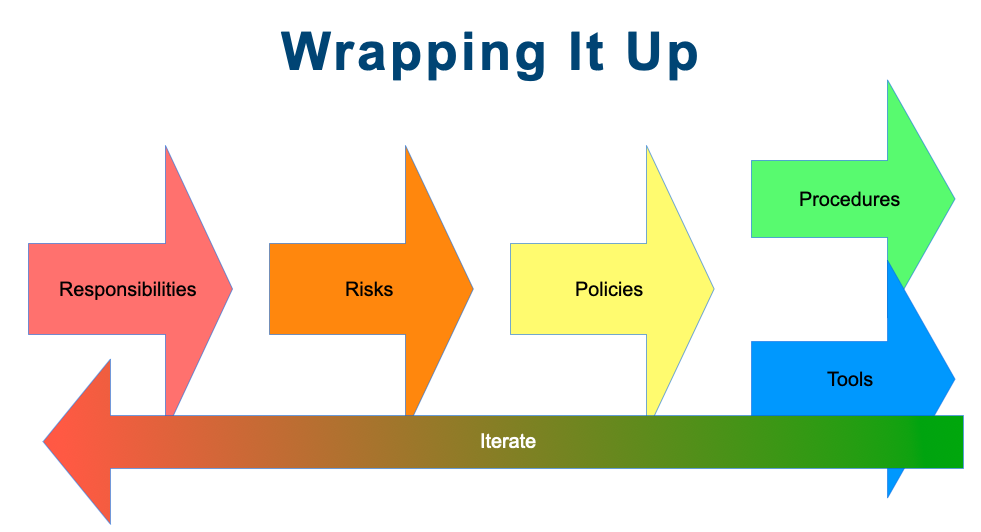No phrase has dominated the tech world this year more than the term “data breach.” From breaches that have impacted travel, Texas Department of Transportation, Uber, Holiday Inn and American Airlines, to entertainment, Rockstar and DoorDash, to health, Choice Health Insurance, Alameda Health System and Shields Health Care Group; the last year has been saturated by headlines of cybersecurity mishaps. Yet, despite the prevalence of the breach-centric news, many business owners may not know what exactly a data breach is, how they typically start, and why they occur.
According to an IBM report, the average time it takes to identify that a breach has occurred is 287 days, with the average time to contain a breach clocking in at 80 days. And with 81% of businesses experiencing a cyberattack during the COVID pandemic, it is essential that individuals are familiar with the anatomy of a data breach so that they can keep their data, as well as their colleagues and customers’ data, safe.
With that in mind, here is some helpful background on what data breaches are and why they are so problematic.
What are hackers interested in getting?
Unfortunately, cyber criminals look to get their hands on any information that they possibly can ranging from more obvious sensitive information such as social security numbers and credit card information to more obscure data like past purchase history.
What is a data breach?
While it usually obscured by complex jargon, a data breach is very straightforward to explain. According to Trend Micro, a data breach is “an incident where information is stolen or taken from a system without the knowledge or authorization of the system’s owner.” A data breach can be the result of a system or human error, but most data breaches are the result of cyber-attacks, where a cybercriminal gains unlawful access to sensitive system data. According to Security Magazine, 92% of the data breaches in Q1 2022 were the result of cyberattacks.
What are some of the tactics used to execute data breaches?
Cybercrime is getting more sophisticated each day. However, cyberattack tactics do not have to be cutting-edge or advanced to be very effective. Here are a few examples of popular tactics used by cybercriminals:
- Phishing: Phishing is when a cybercriminal uses social engineering in hopes of tricking an individual into giving them access to personal information. Phishing is one of the oldest tricks in the book for cybercriminals, but it is just as effective as ever. For example, 80% of security incidents and 90% data breaches stem from phishing attempts according to a 2022 report by Spanning Cloud Apps.
- Malware: Another criminal-trusted method is malware. Malware is malicious software that secretly installs itself on devices – often by way of a user engaging with fake links and content – and quietly gains access to the data on an individual’s device or a business network.
- Password Attack: Through password attacks, cybercriminals look to gain access to sensitive data and networks by “cracking” user passwords or purchasing them on the dark web then using these credentials to get into networks and extract data from a given network.
What can you do to stop data breaches?
The best way to stop a data breach is to stop it before it even starts. The number one thing is making sure your passwords are unique and are accompanied by multi-factor authentication. Next, report all suspicious emails. If you do suspect that you have been the victim of a breach, immediately contact your IT security professional to notify them and follow subsequent protocols to help them scan, detect, and remediate any issues that exist.






